New Zealand;
A Wine Guide
New Zealand is probably the trendiest wine region on the planet; and loved by both the wine novice and the oenophile. New Zealand has become synonymous with zesty and fresh Sauvignon Blanc, exporting this popular sipper all over the globe. But New Zealand is so much more than its most commercial wine. We explore the history, the grapes and the future of this miraculous wine making nation…
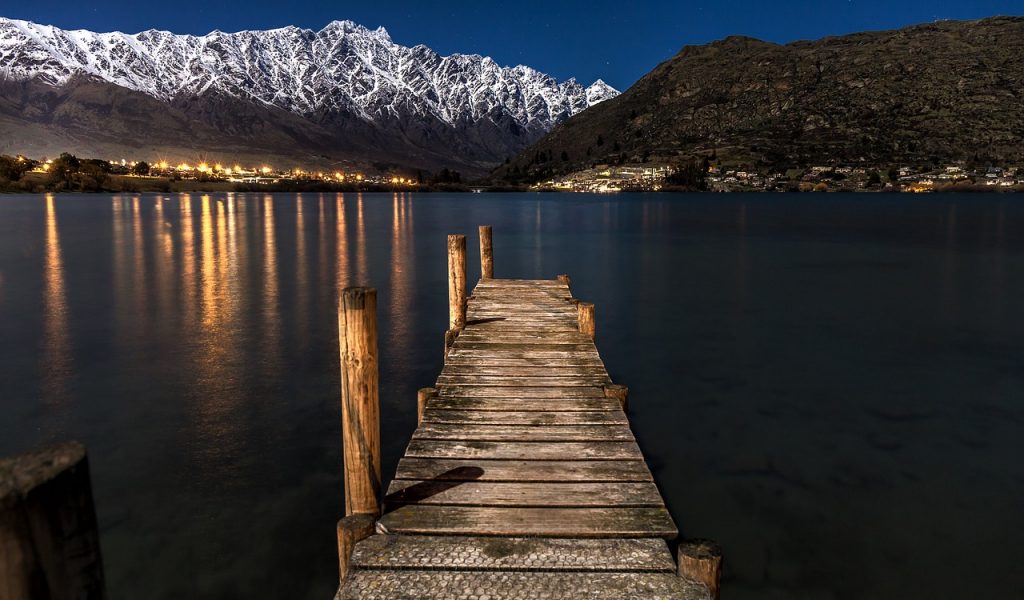
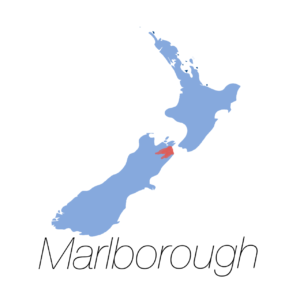
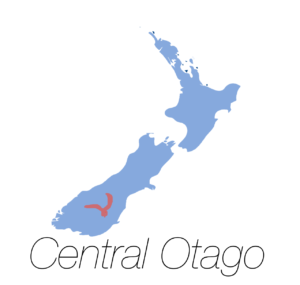
So why is New Zealand wine so famous?
You would be hard-pressed not to find a New Zealand Sauvignon Blanc on a wine list today. New Zealand exports 80 per cent of its wines; with more than 50 per cent of those travelling to the UK and the US combined.
The great New Zealand Sauvignon Blanc is a firm favourite of wine lovers and novices; especially gaining notoriety in the late 90s/early 00s as being an accessible, cheap and delicious wine. Today, New Zealand’s Sauvignon Blanc offering can be found on most wine lists; by the glass or by the bottle.
What is the ‘Gunboot Clone’ (aka, Abel Clone)?
As we’ll discover in our exploration of New Zealand’s wines – the country’s greatest grapes are Sauvignon Blanc and Pinot Noir. The legend goes that in the 1970s, an unnamed rugby player, tried to sneak vine clippings from Burgundy from his trip to France back to New Zealand. The cuttings were supposedly from the vineyard of Domaine de la Romanée-Conti. Upon arrival in New Zealand, the customs agent, Malcolm Abel, discovered the clippings in the player’s bag. Abel, who himself was something of a viticulturist, confiscated the clippings from the player keeping them for himself. Later, he shared the clippings with Clive Patton, the grape grower at Ata Rangi – which grew successfully into infamously delicious Pinot Noirs. The clone has since spread and its synonymous with quality and terroir.
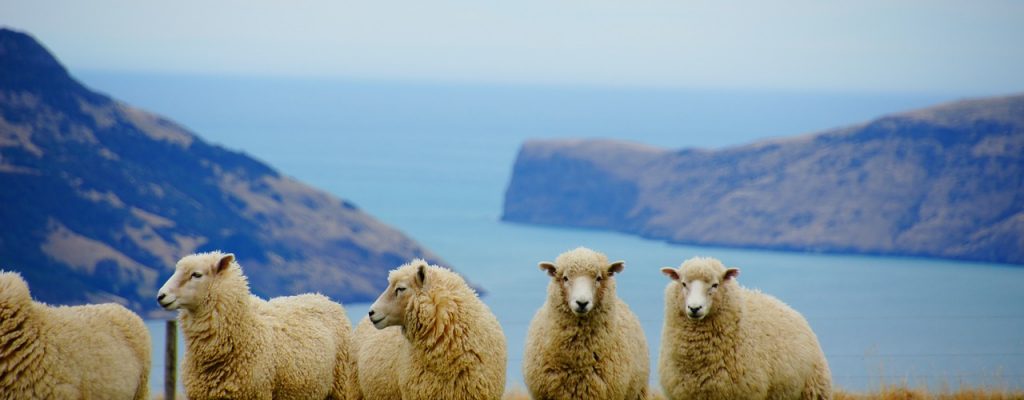
The History of New Zealand wine
The history of New Zealand’s wine is certainly a fascinating one. In 1819, the Anglican missionary, Samuel Marsden, planted the first vines on New Zealand’s shores. Swiftly followed by James Busby, a Scottish man, who made the country’s first wines (although, confusingly, not from the same grapes planted by Marsden before him).
New Zealand’s wine industry had to overcome several obstacles from that point onwards; primarily the fact the earliest settlers in the New Zealand where English – and while the English were big wine drinks – they weren’t the best when it came to wine production. Despite some immigrants, such as the Croatians and the French, bought better wine making techniques, New Zealand wasn’t spared for Phylloxera; which especially affected the younger vines.
Moreover, the temperance movement, from the late 19th to early 20th century, was designed to keep consumption (especially of alcohol) to a minimum, meaning very little amounts of wine was actually allowed to be sold. This wasn’t calmed until after WW2, and it didn’t fully recover until the late 1960s, when New Zealand wine began premiering on the world stage.
Today, wine grows all over New Zealand, and it’s two greatest grapes, Sauvignon Blanc and Pinot Noir, set a benchmark for these varietals.
The North Island
Martinborough
Pinot Noir is the star of the show when it comes to Martinborough. This small region, right at the southern tip of the North Island produces excellent, good-value wines that benefit from coastal cooling influences.
Hawke’s Bay
The second largest wine region in New Zealand, Hawke’s Bay produces an abundance of wines from several grape varieties. Particularly, Merlot, Syrah and Cabernet Sauvignon which adapt well to the warm climate.
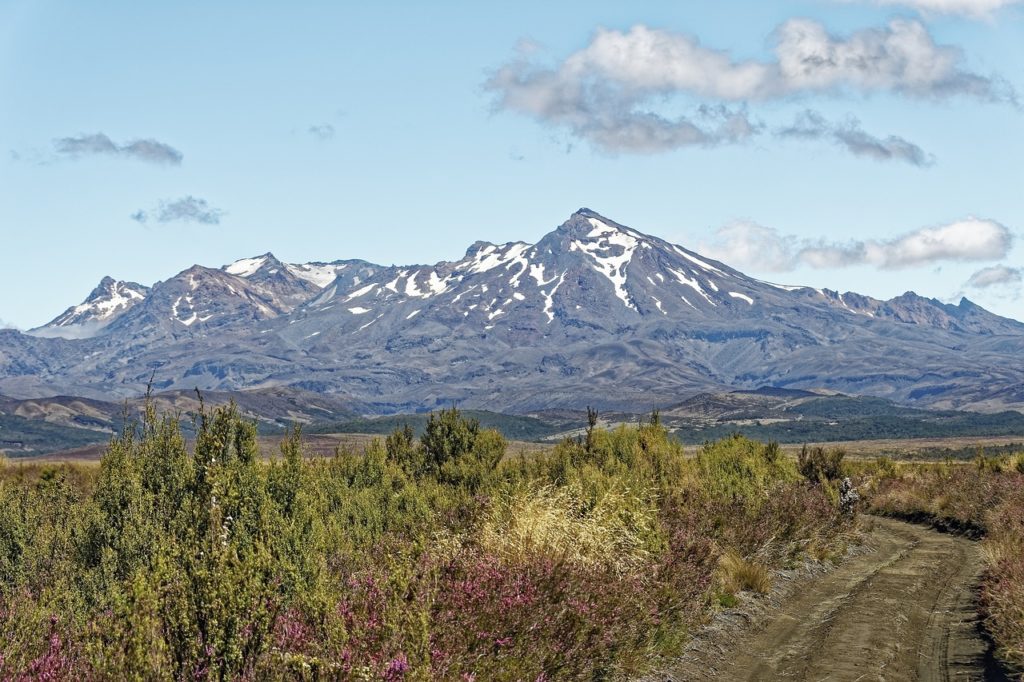
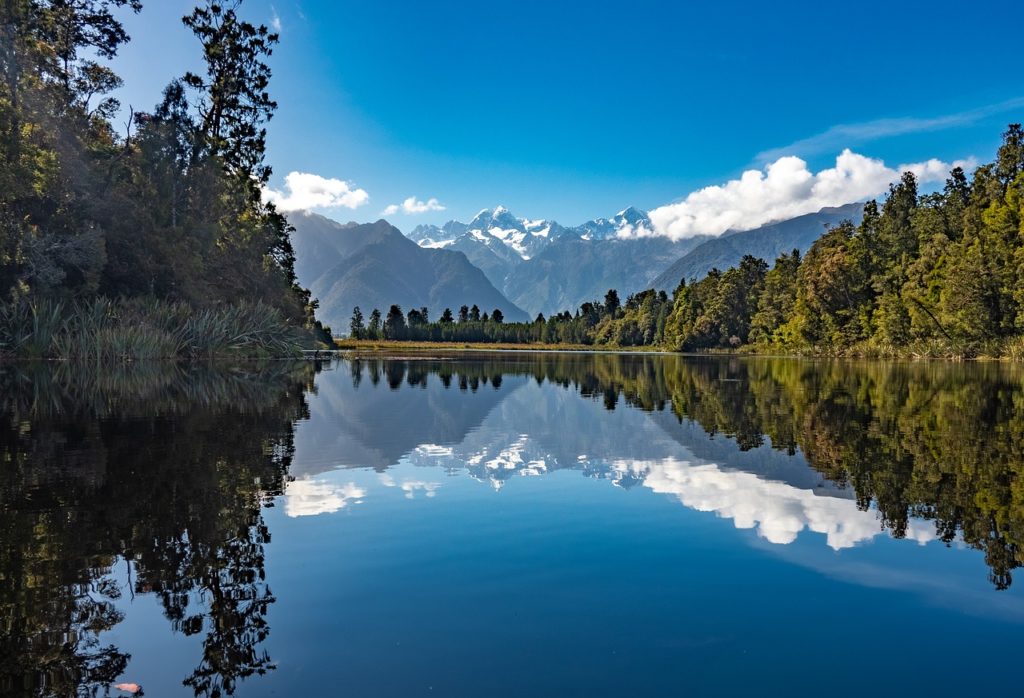
The South Island
Marlborough
Marlborough is New Zealand’s most famous and highest wine producing region. New Zealand’s acclaimed Sauvignon Blanc originated from here, specifically from its infamous Cloudy Bay producer.
Central Otago
Central Otago produces some of the best Pinot Noir in the world. Sheltered by a ring of mountains that protect it from too much rain and strong winds. They still present some of the best value for money as wines from New Zealand go – so nab your bottle now!
